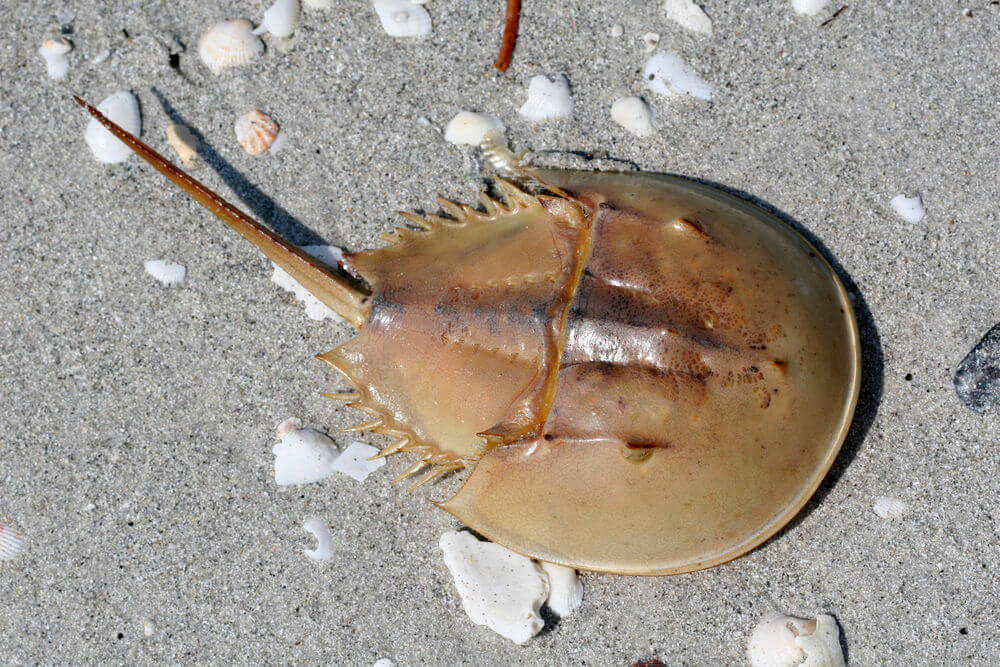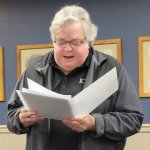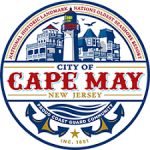COURT HOUSE – The American Littoral Society, whose mission is to promote the study and conservation of marine life and habitat, and protect the coast from harm, is offering paid internships for veterans interested in working on their horseshoe crab restoration projects along the Delaware Bay.
Since Superstorm Sandy, nearly 70 percent of the horseshoe crab habitat on the New Jersey side of the Delaware Bay had been lost. According to the society’s website, in fewer than 60 days, thousands of horseshoe crabs will be climbing out of the Delaware Bay to lay their eggs in the sand. Since beaches where the most crabs are expected to land are devoid of sand, this event could be curtailed.
In 2013, a team led by the society and the Conserve Wildlife Foundation of New Jersey restored just over a mile of damaged horseshoe crab habitat. Mayor Timothy Donohue said, “We are happy to spread the word about this unique opportunity for our local veterans to participate in this important work.”
This restoration project is needed because without sand at the high tide line on the beach, the horseshoe crabs will be unable to bury their eggs, further endangering the crabs, whose numbers are already low. Not only are horseshoe crabs affected by poor beach conditions, migratory birds also feel the effects.
Red Knot Birds
The red knot is on the list of endangered species. At the same time, in the spring, when horseshoe crabs go onto the beach to lay their eggs, red knot birds are also heading to the beach while migrating. This is part of their roughly 9,000-mile journey from South America. The less horseshoe crabs there are to lay eggs, the less eggs there are for the red knot birds to feed on and get energy from for the rest of their migratory trip.
Timothy Dillingham, executive director of the Littoral Society said, “We are racing against a firm deadline of the horseshoe crabs arriving on the beach, and everyone’s efforts are vital to getting across the finish line in time.”
Dillingham also said that horseshoe crabs have a “tremendously important role for human health.” He explained that the blood from horseshoe crabs is used to create Limulus amebocyte lysate (LAL), which is used to check for contamination in medicine and medical devices.
Local Economy
Aside from protecting horseshoe crabs and working on bringing back the red knot from the verge of extinction, the local economy could also take a hit. Bird watching is a huge eco-attraction for Cape May County and surrounding areas. If there are fewer birds to watch, less people will come to the area. The “chain of negative impacts,” as Dillingham called it, could be detrimental to the ecotourism industry.
Habitat Restoration
The habitat restoration work has expanded to include beach restoration, marsh restoration, oyster reefs, and monitoring. The organization is working with partners including federal and state agencies, county and local municipalities, business groups and private foundations. The Littoral Society website states that the plan is to restore nearly one mile of beach in segments including southern Reeds Beach, Cook’s Beach, Kimble Beach, and northern Pierce’s Point.
The society has already racked up a long list of accomplishments over the past two decades. According to the website, last year no horseshoe crabs were killed for bait in New Jersey and thousands of female crabs were spared in Delaware.
In 2013, Cook’s beach was cleared of rubble and debris left behind from Sandy and sand was brought in from local sand mines and added to the beach with a grade and depth suitable for horseshoe crab spawning and migratory shorebird foraging. A similar process was done at Kimble’s Beach.
The project is planned to go until late 2016, however, parts of the project are designed to be sustainable as there is an ongoing need to manage and protect beaches and communities along the bay shore. Dillingham said, “if the storm is big enough, there will never be perfect protection,” but that the project and those working on it are “looking at ways to minimize the risk. We’re in this for the long run.”
Not only is this project helping to restore the habitat of the horseshoe crabs, and strengthening the population of migratory birds, there is also a “tremendous partnership … bringing different communities together to take responsibility for these goals,” Dillingham said. He also said that the project hopes to build these relationships to carry on into the future.
To contact Jennifer Post, email jpost@cmcherald.com.
Sea Isle City – Please tell me about Trump's presidency that I missed. I recall that the threat from N. Korea stopped. I recall that covid came (from the Chinese) and Trump fast tracked a vaccine. I recall…








